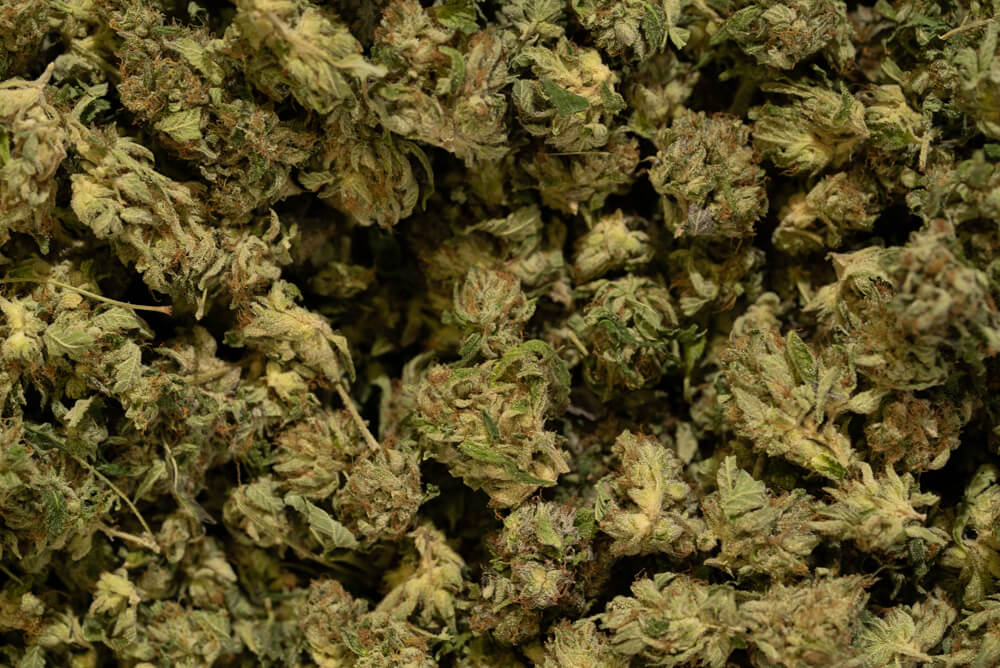Wet Vs Dry Trimming

Bud trimming refers to removing all unwanted plant materials around the bud. Some often confuse it with curing cannabis. Curing comes in after trimming, where the buds are placed in sealable containers to remove excess moisture.
It may seem tedious, especially for beginners, but for industrial experts who understand the benefits of trimming after harvesting, it is a definite must. Here are three main reasons why bud trimming should be done:
- Smoother Product – buds are rich in cannabis active compounds that are not present in normal leaves. Trimming ensures that individuals who smoke trimmed weeds have a smoother experience, rather than smoking carcinogenic leaves. It is also important if the buds are meant for industrial use to make cannabis-infused products.
- Appearance – appearance has an impact especially if the cannabis is grown for sale. Good looking buds are a sign of good plants for consuming. No one wants to consume something that is not appealing. In magazines and displays in dispensaries, only good looking buds are displayed to attract customers.
- Trichome Concentration – trichomes have a higher concentration on the buds than on leaves. They are responsible for cannabinoids, flavonoids, terpenes and other active compounds. Potency determines the strength of cannabis. It is usually calculated as the amount of active compounds per gram. Trimming increases potency.
There are two main types of trimming: wet and dry. Each of them has its advantages.
Wet Bud Trimming
This is simply trimming buds immediately, once the plants have been harvested and before they dry up. Here is a step by step guide on how to do it;
Growers cut the branches containing buds in medium and manageable sizes then ferry them to a place where actual bud trimming will be taking place. To avoid flattening the buds, they are hung in a line similar to the way clothes are hung.
Fan leaves are removed first (these are the bigger leaves surrounding the buds – sometimes called “no sugar” leaves.) Growers closely monitor the buds while growing, looking for the main indicators of any illnesses. When they turn in color, it is usually a sign of something wrong. There are also smaller leaves that contain sugar, and they can be called “sugar” leaves.
Bigger leaves are removed first, followed by the smaller leaves. Since the smaller leaves have “sugar” they can be used to make other products. It is advisable to remove all of them, but sometimes it is difficult and some remain, especially those that are closely attached with buds.
After completely removing all the unwanted plant parts, the buds are ready to dry. Moisture attracts molds, so they are placed in a moisture-free place to dry. When they are dry, there is also a final process of curing them, where the trimmed buds are put in an airtight jar.
Importance of Wet Trimming
Each marijuana trimming method is accompanied by advantages and disadvantages. Below are the main advantages of wet trimming;
Easier
When the buds are fresh, the sugar and the non sugar leaves lie perpendicular to the buds. This makes it easier to pluck them off. Since they can easily be seen, the time taken to trim is also significantly reduced.
Reduces Risk of Molds
Mold comes as a result of moisture. The leaves, both sugar and non sugar, are likely to hold moisture which may attract mold during the drying process. An increase in humidity leads to increase in mold, so trimming while still wet helps to reduce chances of this occurring.
Less Space For Drying Required
By trimming, the size of the buds becomes much smaller and only requires smaller space to dry. Hanging them to dry without trimming takes a larger space.
Dry Bud Trimming
Marijuana dry trimming means drying the buds before they are trimmed.
Just like wet trimming, growers cut the branches with buds into medium and manageable sizes, ensuring they are neither too big or too small for easy handling. They then ferry them to where they will be drying as they await trimming.
Before hanging them, the bigger non sugar leaves are removed carefully, leaving the buds plus their stems hanging to dry for some days.
Once they dry, the smaller sugar leaves are removed carefully without injuring the buds. These leaves are saved and used to make other products. Finally the buds are placed in an airtight jar for curing.
Importance Of Dry Trimming
Dry trimming too has its advantages and disadvantages, including:
High Quality Buds
When leaves are left with the buds through the drying process, the drying speed is greatly slowed. When the buds dry slowly, chlorophyll fades away slowly, leaving smoother buds for consumption.
Trimming Can be Done at Intervals
When the buds are dry prior to trimming, they are completely safe from mold. Therefore, it is not imperative to trim all at once. This is great for industrial trimmers and individual home growers who need to prioritize their time during the process.
Consistent Weights
For a better visual appeal, trimming is easier when the buds are dry. In cases where businesses need to hire for trimmings and payment based on weight, dry trimming presents an advantage in that dry buds are uniform and light, as much as the water has been evaporated.
Both methods of trimming share a common target, which is to improve potency. Each of these has advantages and disadvantages. Advantages of one method are disadvantages of the other method and vice versa.
In both methods there are machines that can be used to trim efficiently. If you need help selecting a Twister Trimmer machine to meet your needs, please contact us.

